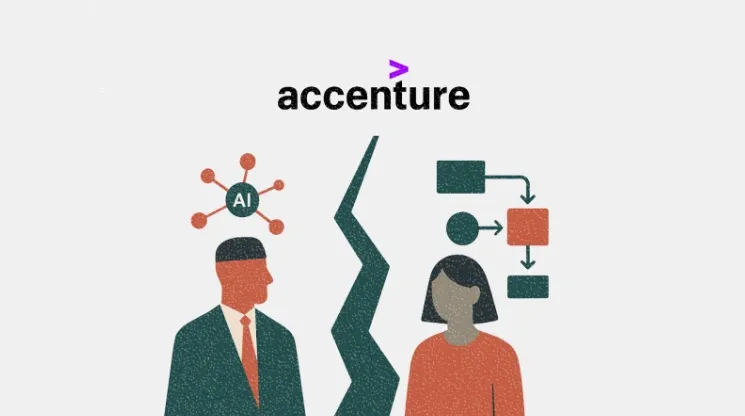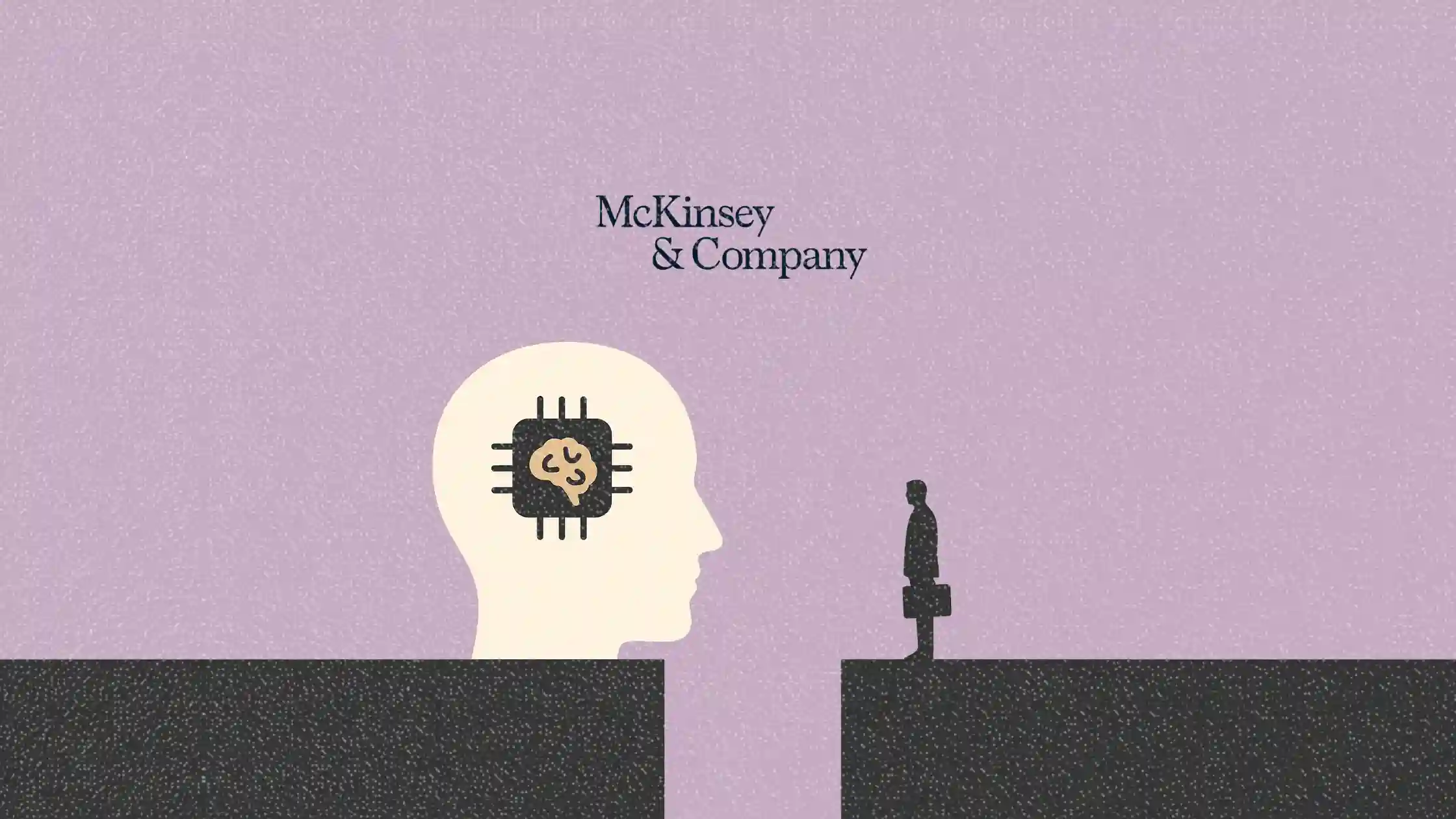Executives bet big on AI, but most companies aren’t ready for the disruption
Accenture’s latest Pulse of Change report reveals a widening gap between leadership optimism and organizational readiness

Accenture’s 2025 Pulse of Change report offers a sharp look into the widening disconnect between C-suite optimism and organizational reality, especially around AI.
Based on global surveys of 3,000 executives and 3,000 employees, the report reveals that while 85% of executives plan to increase AI investments, only 42% say their organizations are very prepared to manage disruption, down from earlier in the year.
This article explores the key findings of the report and what they mean for marketers navigating AI transformation, talent disruption, and the illusion of resilience.
Short on time?
Here’s a table of contents for quick access:
- AI is a business priority, even in a downturn
- The readiness gap between leaders and employees
- Agentic AI is here, but most companies aren't rebuilding for it
- What marketers should know

AI is a business priority, even in a downturn
If there’s one thing the C-suite agrees on, it’s this: AI is not optional. A striking 85% of executives say they will increase AI investments this year, with half saying they’d accelerate spending even during a recession. Most leaders now see AI as a revenue growth engine rather than a cost-cutting tool.
The message is clear. AI is seen as core to survival. But the race to adopt it is outpacing companies’ ability to absorb the change, especially when it comes to upskilling and internal integration.

The readiness gap between leaders and employees
This year’s data reveals a growing “resilience illusion.” While two-thirds of C-suite leaders credit AI with boosting resilience, only half feel moderately prepared to handle ongoing disruption. Employees echo that sentiment: just 50% say their company is prepared overall, and only 33% feel their training keeps pace with AI changes.
Even more telling: 38% of executives believe AI is significantly changing roles, yet only 22% of employees agree. That gap suggests either poor communication, limited transparency, or both.

Agentic AI is here, but most companies aren't rebuilding for it
Nearly 9 in 10 executives believe agentic AI — AI agents that actively contribute to work — are ushering in a new era of transformation. But only 20% of companies are rebuilding workflows from scratch to accommodate it, while 42% are making only incremental improvements.
Interestingly, 70% of employees say they feel ready to manage teams with AI agents, and 77% trust their companies to introduce these tools responsibly. Still, confidence is only part of the equation.
Without concrete organizational changes, readiness may remain surface-level.

What marketers should know
So what does all this mean for marketing teams dealing with AI integration, strategic planning, and workforce transformation? Here are four key takeaways:
1. Don’t wait for your org to catch up. Experiment now.
Even if your company isn’t fully rebuilding for AI, marketing teams can lead by testing AI agents in campaign ops, content workflows, and analytics. Use pilot programs to learn what works before scaling.
2. Close the communication gap
If executives think roles are changing and employees don’t, marketers are likely caught in the middle. Proactively clarify how AI is affecting your function, and advocate for clearer org-wide messaging.
3. Reframe resilience as capability, not confidence
Don’t let AI optimism lull you into thinking your team is resilient. Instead, audit your real capacity to adapt. Are you training at pace? Are workflows being redesigned, or just patched over?
4. Build trust before deployment
With 77% of employees trusting their employers to roll out AI tools responsibly, marketers can help maintain that trust by ensuring transparency in both internal AI rollouts and external-facing campaigns that use AI tools.
The 2025 Pulse of Change report makes it clear: AI adoption is outpacing organizational readiness, especially at the human level.
While C-suites push for more tech investment, marketers must help bridge the gap by clarifying impact, ensuring ethical rollouts, and prioritizing people just as much as performance.







